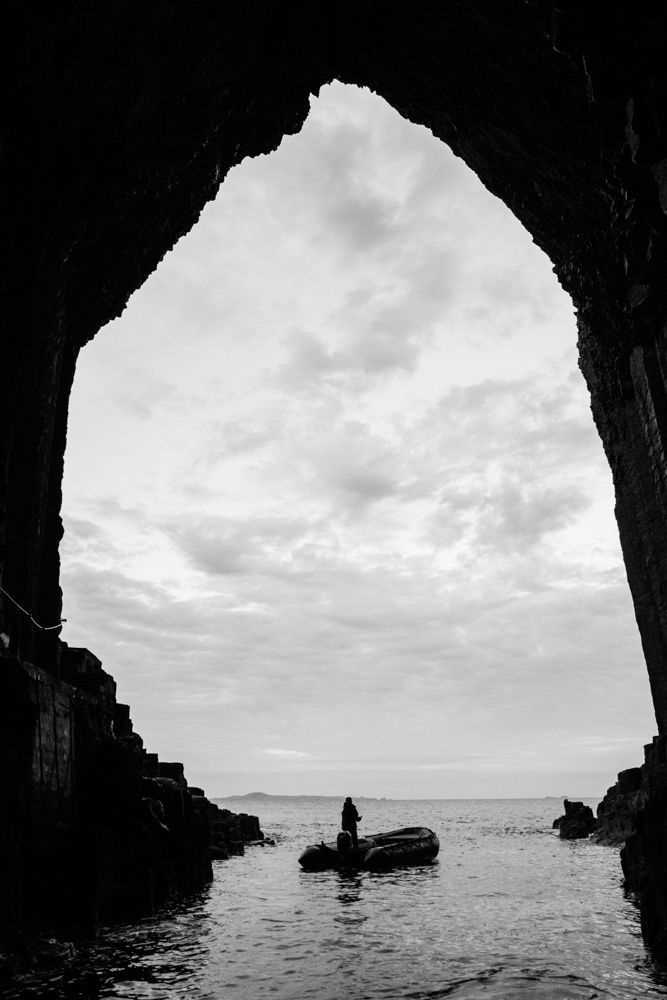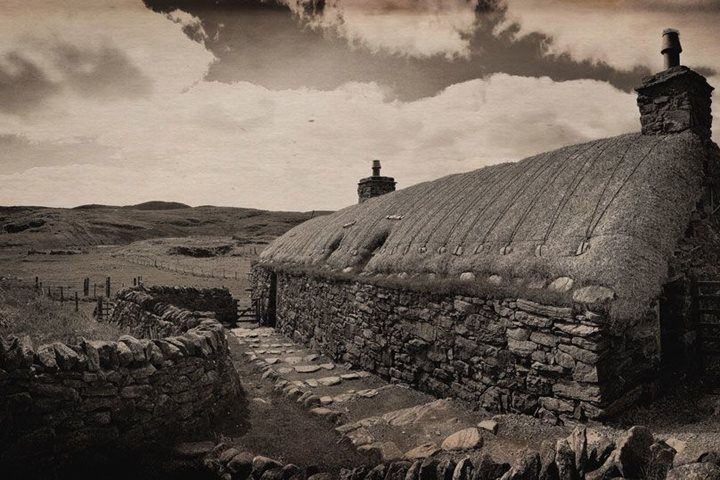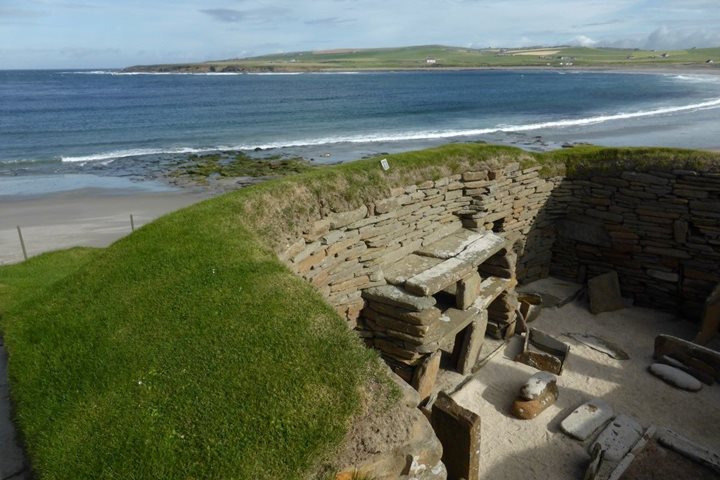Yesterday on the Isle of Lewis, we came across some of the oldest rocks in Europe, dating back 3.1 billion years. Today, however, we observed and hiked across the youngest rocks in the Hebrides (50 million years old). As the sun rose, the pastel light revealed the breath-taking basalt columns of Staffa. In the afternoon we made our final landing of the voyage on Iona which looked dapper in the unbroken sunshine against azure blue seas and white-sand beaches.
8/31/2017
Read
National Geographic Orion
Stornoway, Isle of Lewis
Today, we saw a bunch of old rocks. While that sentence is technically true, you’d be mistaken in thinking that what we did on Stornoway today was in any way boring, stodgy or dry. The rocks we saw today connected us to the past; stone may be mute, but it can communicate a story that is deeper than words. The buses that picked us up on Stornoway pier acted as time machines, taking us progressively further back into human history. Our first stop was about 200 years ago, when most of the residents of Lewis lived in so-called "black houses". The preserved village of Gearrannan contains rustic structures built of rock and covered in thatch. Huddled together by a beautiful bay, they looked like a scene from The Hobbit . Peat smoke still billows from the chimneys of houses that were among the last of their kind to be inhabited. The last residents moved out in the 1960s, and this community was turned into a museum and hostel. Our magic bus continued further back in time, transporting us to the Iron Age, over 2000 years ago. It was around this time that the Dun Carloway broch was built. While the true function of this castle-like structure remain a bit of a mystery, there's no doubt that it made an impression on its neighbors at the time it was built…and it continues to do so to this day, even though much of its stone walls have collapsed. Perched on the edge of a picturesque hillside, it is a ruin with a view. But we still had further to go into the past, and our bus whooshed down Lewis's country roads until we reached a time long before the Pyramids were built. 5000 years ago the Callanish Stones were erected, and they have withstood millennia of wind, rain, lightning and finicky farmers to remain one of the world's most impressive megalithic structures. Yes, they are a bunch of old rocks, yet these inanimate objects resonate with the spirits of the ancient people that dug them from the soil, dragged them across the landscape and mounted them into mysterious patterns. Even though we can't understand their specific purpose, meaning or symbolism, one can't help but be moved by their power. Like the silent stones that form the walls of Dun Carloway broch and the black houses of Gearrannan, these rocks speak volumes.






